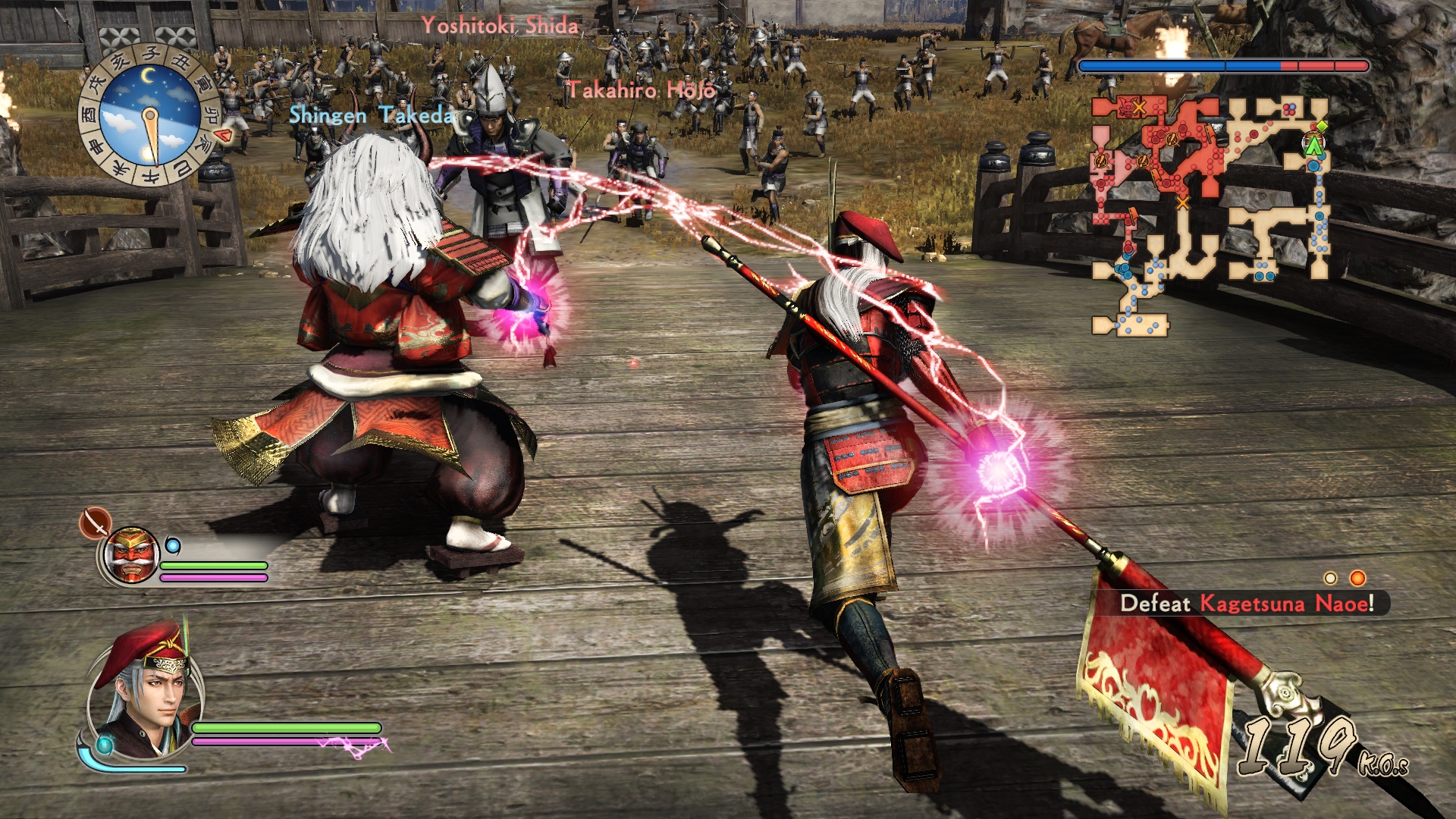



One of the cooler options is using a horse to travel around the map. So you might find yourself running to the aid of a division with low morale. You decide which division to back up, and they each have their own morale meter. Raising your troops' morale makes them fight better. Morale plays a large role in how battles turn out. If the victory was big enough to do something like open a blocked passageway or discourage the enemy leader, you see a short cinema (all using the ingame engine with no loading).īattles can take an hour or more to complete, and along the way you'll collect experience points and power-ups to aid your quest.

As victories are won around the map, you're alerted by the sound of cheering troops and a glowing icon on the overworld map. As you play in one area of the map, your forces wage battles elsewhere. Levels have different geographical (and weather) characteristics, too, and occasionally you'll have to exploit them in order to win. You can't hit those on your side, and usually there's at least a color difference between you and your enemies. 30 to 40 enemies can be on-screen at the same time. The levels are huge: 150 scale acres square (that's one square kilometer), with more than 2,000 warriors running around, all battling simultaneously. Each has his or her own special weapon, but can pick up arrows to shoot at far-away or elevated enemies. You have three main attacks-Normal, Charge, Special and the Bow and Arrow-and two modes of play: Story (five levels) and Free (up to eight unlockable levels). More characters are unlockable, up to 28. When you begin, you choose to play as one of nine warriors, split between three kingdoms (Shu, Wei and Wu). Koei has combined what they do best-military strategy-with the action and intensity of a fighting game for this sequel to Dynasty Warriors (Sangoku Musou).


 0 kommentar(er)
0 kommentar(er)
